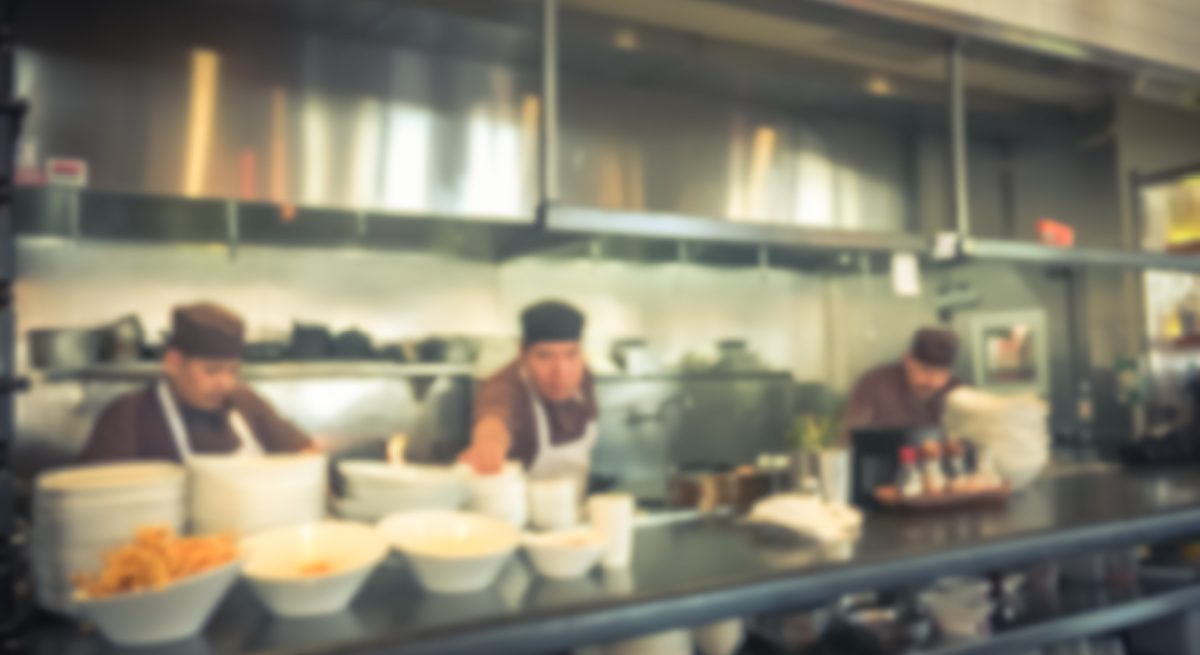How Restaurateurs Can Foster Employee Retention During COVID-Driven Labor Shortages
3 Min Read By Adam Brotman
Customer-centric. Personalized. Customer experience management.
If you’ve worked in the restaurant industry over the past decade, chances are you’ve heard these buzzwords championed as top business priorities and guiding principles for success.
In the wake of the pandemic, many restaurants have reshaped their entire approach to customer engagement prioritizing frictionless digital experiences, expanded delivery options, and increased health and safety precautions. Yet, as brands reconsider how they interact with their customers, one critical element remains overlooked in the end-to-end diner experience: The restaurant employee experience.
Meanwhile, food service workers are in high demand. The U.S. The Bureau of Labor Statistics reported that the food service workforce decreased by 42,000 individuals in August 2021. Restaurateurs can’t afford to lose employees amidst the current labor shortage. The most important ways to drive restaurant employee retention boils down to: Offering competitive compensation and simplifying their life. A Q2 survey from Joblist found that higher pay, more benefits, or a bonus would motivate job seekers with hospitality experience to pursue open roles in restaurants, bars, and hotels.
Restaurants must prioritize employee retention in addition to delivering world-class customer experiences. The good news is these two priorities are not mutually exclusive. More often than not happier workers usually lead to happier customers. Consider these three ways to accomplish both of those goals and to cultivate a positive workplace environment that will trickle down and inform positive diner experiences.
Digitize Tedious Tasks
Order accuracy is a pivotal part of the diner experience. Not only does a wrong order dissolve trust between customers and employees and impact, it also creates tension within the team of employees. If that weren’t reason enough, inaccurate orders threaten a business’ bottom line costing on average, more than $94K per store each year.
It’s no wonder that many restaurants have digitized ordering operations to increase order accuracy and customer convenience. Online and mobile ordering also help improve the employee experience because it simplifies their life by offloading repetitive tasks with a high-margin of error. Instead, workers can focus on providing great customer service and engage with on-premise diners. Finally, digital ordering helps restaurants foster digital relationships with their customers that can be used to drive loyalty, form personalized recommendations, and ultimately help drive revenue.
More often than not, restaurant digitization simplifies employees’ work. However, overly complex technology with a steep learning curve will ultimately hinder, not help the restaurant operation. When evaluating how to digitize elements of the restaurant, consider starting with a small-scale pilot at a few locations before deploying in all restaurants. Provide training, technical support, and additional resources for employees to ensure all workers are set up for success.
Embrace Gamification
Consumer brands often leverage gamification to engage their customers. Exhibit A: Starbucks launched their loyalty program happy hour where customers can redeem a BOGO promotional offer and earn double stars. Outside of the restaurant industry Peloton built its entire platform on gamification — from digital badges to celebrate fitness milestones to monthly community challenges. They took a workout streaming service model and layered a culture of performance and positive recognition in a real community, something that most businesses, including restaurants, can do for their customers and their employees.
Restaurants can adopt gamification practices for their employees in a number of ways. For instance, restaurants can set up a visual display for their employees to illustrate the orders-to-production-rate ratio and create a reward system for meeting group or personal goals. Not only will this support operational productivity, but it will improve employee engagement and serve as a team building exercise while fulfilling orders.
Expect the Unexpected
Any restaurateur knows that consumer demand is unpredictable — even more so during a pandemic. U.S. restaurant sales plummeted from $66.2B to $29.9B between February and April 2020. Fast forward a year later and sales climbed back to $66.5B by April 2021 — a 122 percent+ increase YoY. In parallel, procurement challenges persist as the food service industry reels from ongoing global supply chain disruptions and inventory delays.
The uncertainty around both supply and demand places a massive strain on employees whether they are understaffed during a peak rush hour or unexpectedly run out of ingredients for popular menu items in the middle of the day.
Fortunately, as restaurants continue to digitize their customer relationships, they are receiving troves of valuable data that can help accurately forecast sales and ensure that their restaurants are set up for success. With appropriate, data-driven planning, restaurant operators can ensure that employees are operationally set up for success which translates into better customer experiences for guests.
Transform Future Foodservice Environments
Positive employee experiences are the key to great customer experiences. As restaurants continue to endure uncertainty stemming from the pandemic it's more important now than ever to optimize dining operations to attract and retain high-value customers. The diner experience starts and ends with the restaurant employee. In addition to competitive compensation, digitizing low-value tasks, gamification, and data-driven planning can help restaurants uplevel their employee experiences and deliver more value for their customers.


